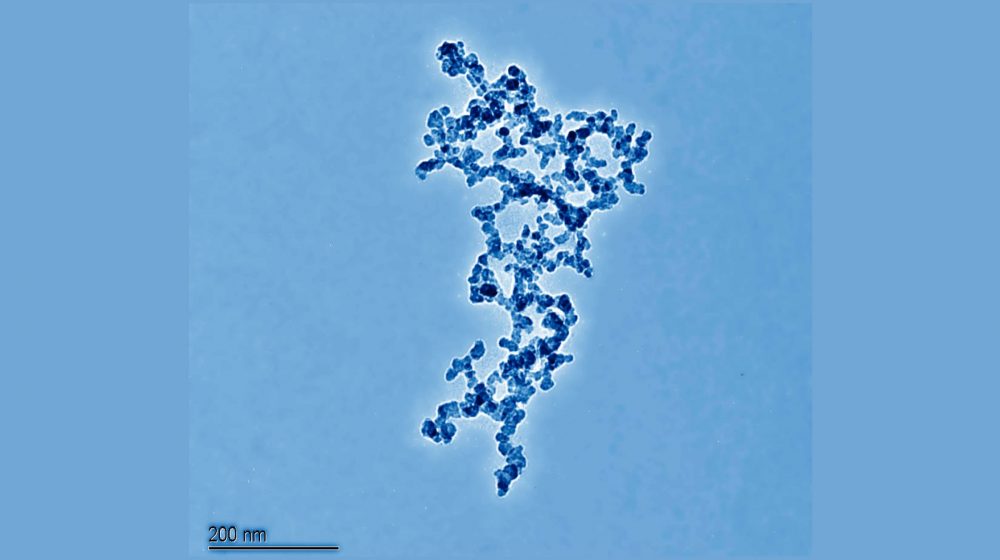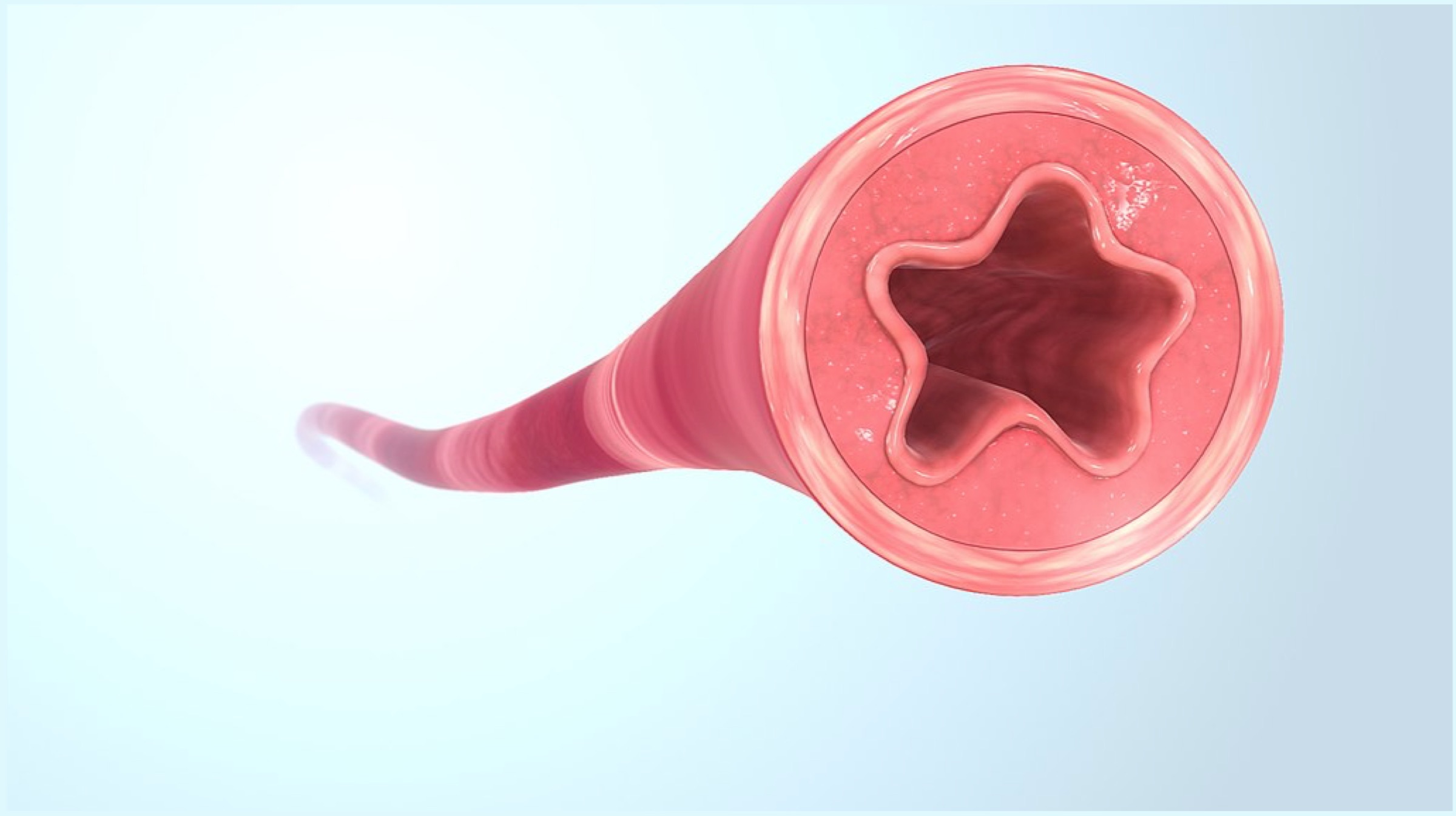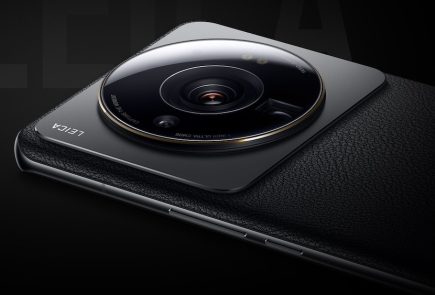These Micro Robots Could Revolutionize Targeted Drug Delivery

Medical advancements are occurring side-by-side with the progress in science and technology. Recently, using 3D printers, scientists developed a self-healing rubber material, which can be used in objects to make them last a lifetime. In other news, a fully-functioning heart was also printed using a 3D printer. All these achievements make one wonder about the limits of medical science, and for the right reasons, since MIT engineers have engineered tiny micro robots that can help nanoparticles reach unaccessible targets in the human body and administer the necessary drugs.
Challenges Faced
 One of the biggest challenges while delivering drugs via nanoparticles is the exit strategy of the robots, implying that the micro robots can escape the blood vessels and accumulate in the desired spot for removal from the human body. Sangeeta Bhatia, a senior author of the aforementioned study states that it is tough to get the nanomaterials to the tissue in the lining of the blood vessel, but the use of magnetism to develop fluid forces, the nanoparticles can be pushed through the lining. The same study further states that swarms of naturally magnetic bacteria (Magnetotactic bacteria) can be also used to achieve the same result.
One of the biggest challenges while delivering drugs via nanoparticles is the exit strategy of the robots, implying that the micro robots can escape the blood vessels and accumulate in the desired spot for removal from the human body. Sangeeta Bhatia, a senior author of the aforementioned study states that it is tough to get the nanomaterials to the tissue in the lining of the blood vessel, but the use of magnetism to develop fluid forces, the nanoparticles can be pushed through the lining. The same study further states that swarms of naturally magnetic bacteria (Magnetotactic bacteria) can be also used to achieve the same result.
 Schurele, the assistant professor at the Swiss Federal Institute of Technology previously worked on magnetic microbots, and consequently she aimed towards making the nanoparticle drug delivery technique more efficient when she started working with Sangeeta Bhatia. The researchers used their micro robots to target diseased sites in the human body which were usually a host of tumours. Since they faced issues with the same, the team explored their options with magnetic bacteria to devise a method to push the particles to the target in a better way.
Schurele, the assistant professor at the Swiss Federal Institute of Technology previously worked on magnetic microbots, and consequently she aimed towards making the nanoparticle drug delivery technique more efficient when she started working with Sangeeta Bhatia. The researchers used their micro robots to target diseased sites in the human body which were usually a host of tumours. Since they faced issues with the same, the team explored their options with magnetic bacteria to devise a method to push the particles to the target in a better way.
About The Nano Robots
Regarding the involved micro robots, they are 35 hundredths of a millimeter long, which can be compared to the size of a single cell. The robot has a helix that is similar to the flagella, which empowers the movement mechanism of bacteria. For magnetic functionality, the nano robots are first printed with a high resolution 3D printer and then coated with Nickel. Simulations were then performed with these tiny robots, where the nanoparticles can travel in a system that mimics blood vessels (50 to 200 microns wide).
 Also Read: Samsung Galaxy Fit e Spotted on Albanian Website Ahead Of Launch
Also Read: Samsung Galaxy Fit e Spotted on Albanian Website Ahead Of Launch
The research was funded by the Swiss National Science Foundation, the Branco Weiss Fellowship, the National Institutes of Health, the National Science Foundation, and the Howard Hughes Medical Institute. If this is applied in real life, administering drugs directly to affected tissues and tumours would become infinitely easier. Scientists are already working on a system where the nano robots can travel without the need for any visual feedback, and can be controlled externally as well.






















